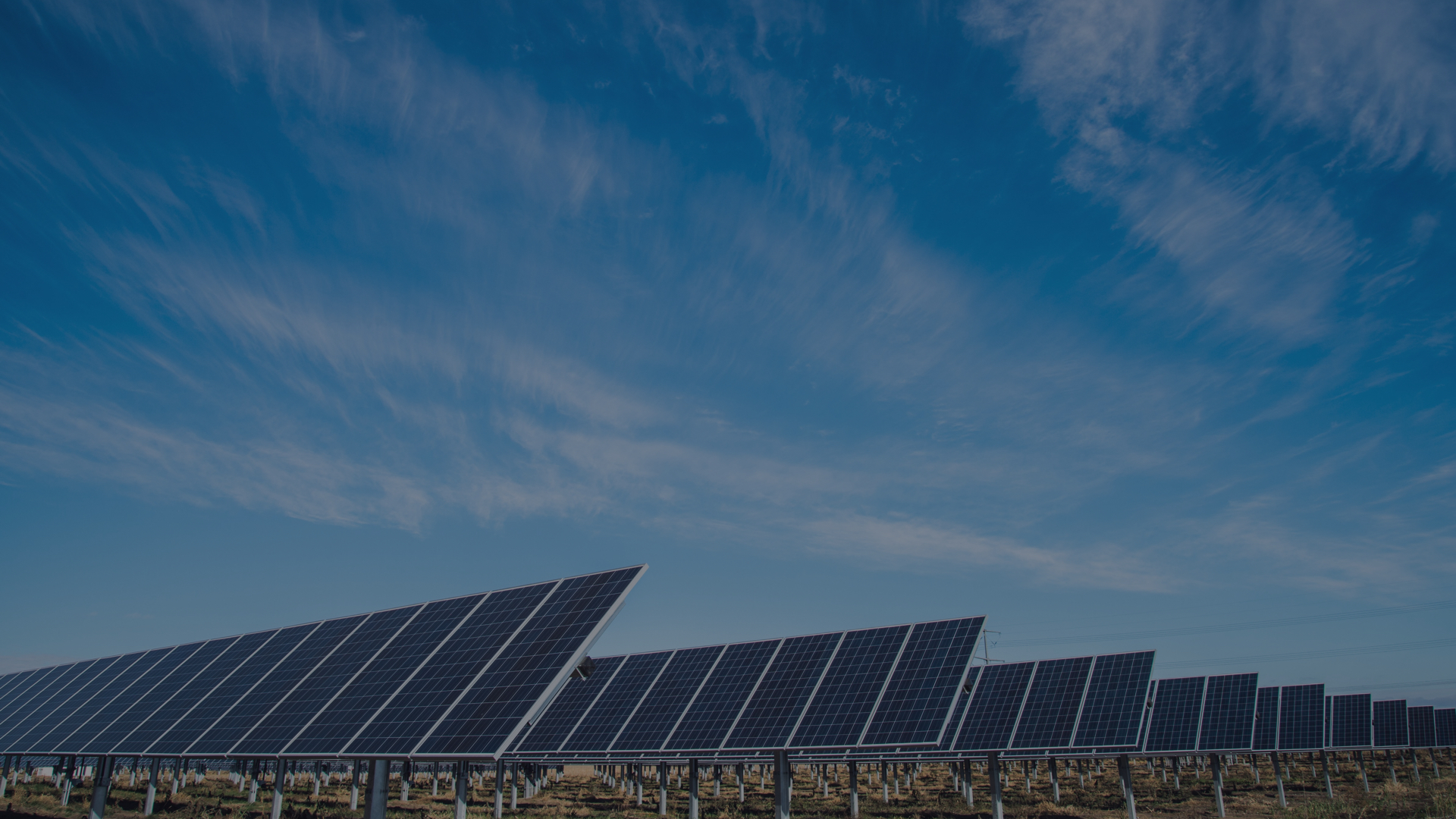Power Without Maintenance
Solar cells convert one form of energy (sunlight) into another form of energy (electricity). When the sunlight is reduced or stopped, for example, when a cloud passes in front of the sun or when the sun goes down in the evening, the conversion process slows down or stops completely. When the sunlight returns, the conversion process resumes. Solar cells do not store electricity. At night, a solar electric system needs some form of energy storage, usually batteries, to draw upon instead of the solar cells.
How They Work
Solar cells perform the conversion without moving parts, noise, pollution, radiation or maintenance. The special properties of semiconductor materials make this conversion possible.
Semiconductors
Most solar cells are made from silicon, the 14th element. Other materials are used as well, but the fundamental process of how those cells work is the same as for silicon cells. Silicon has properties of both a metal and an insulator. Atoms in a metal have loosely bound electrons that flow easily when a voltage, or electrical pressure, is applied. Atoms in an insulator have tightly bound electrons that cannot flow even when a strong electric voltage is applied.
Atoms in a semiconductor bind their electrons somewhat more tightly than metals, but more loosely than insulators. Their electrical conductivity can be varied by a factor of thousands by introducing small amounts of impurities, or “dopants,” into the semiconductor structure. The two elements typically used to dope silicon are phosphorous and boron.
The Internal Electrostatic Field
Silicon atoms have four outer electrons, phosphorous atoms have five, and boron atoms have three. Silicon makes up most of a solar cell, but some boron atoms are present throughout the cell, and a very thin layer of phosphorous-doped silicon is created at the front surface of the cell.
Some of the extra outer electrons from the phosphorous-doped layer cross over and fill the holes in the boron-doped layer. This permanent displacement of electrons creates a fixed electrostatic field just under the front surface of the solar cell. This fixed electric field could never happen in a metal, as the electrical imbalance would dissipate quickly. Because silicon atoms hold their electrons relatively tightly, the imbalance is maintained in the silicon crystal structure. This internal electrostatic field makes the solar cell work.
Converting Sunlight to Electricity
At the atomic level, light is composed of energy particles called photons that flow from the sun and strike the solar cell. As each photon strikes a silicon atom, it ionizes the atom by transferring its energy to an outer electron, allowing it to break free of the atom. The energy of the photon is converted into electron movement energy called electric current.
Another reason to use silicon in solar cells is because the energy needed to ionize a silicon electron matches the typical energy of photons coming from our sun. If the photons had less energy (if our solar spectrum were more red or infrared), they would not have enough energy to free the electrons, and if the photons had more energy (if our solar spectrum were more blue or ultraviolet), the energy beyond that necessary to free the electron would be lost as heat and wasted.
Cell to Cell … To You
The internal electrostatic field pushes free electrons to the front of the cell. They lose a bit of their energy being pushed through the field, but end up with about one-half volt of potential. This is the voltage of the solar cell. One-half volt is not much, so a typical solar module is made of many solar cells connected front-to-back in series. Electrons flow along the surface of a solar cell and into thin silver gridlines that cover the entire cell surface. In a good conductor like silver, the electric current flows easily into flat tin-coated copper ribbons soldered to the front of the cell, and into the back of the next solar cell.
As the current flows through each solar cell, it is energized by the photons striking and entering each cell, gaining a net one-half volt in each cell. By the time the electric current has passed through the entire solar module, usually 36 cells in series, it has gained about 36 x 0.5 volts = 18 volts. If more voltage is needed, for example, to charge a 48 volt nominal battery bank or operate an inverter at 60 volts-solar modules are also connected in series to make a solar array suitable for the task.
The solar electric current flows through the inverter or battery bank, giving up its energy to the electric loads being operated. The electrons do not disappear; they just lose their energy, or voltage. The current flows continuously back through return wires to the original solar module and cells. The de-energized electrons flow back into the silicon to be re-energized by more photons from the sun. The process continues as long as there is a flow of photons.
If a cloud passes by, the intensity of the photon flow is diminished, and the amount of current flowing from the cells and entire array diminishes proportionally. When the cloud passes away and full sunlight reappears, the flow of electric current rises back to full level. As the sun slowly sets in the evening, the current is reduced until finally at darkness there is no electric current flow from the solar array at night. The next morning, the process begins again automatically.
